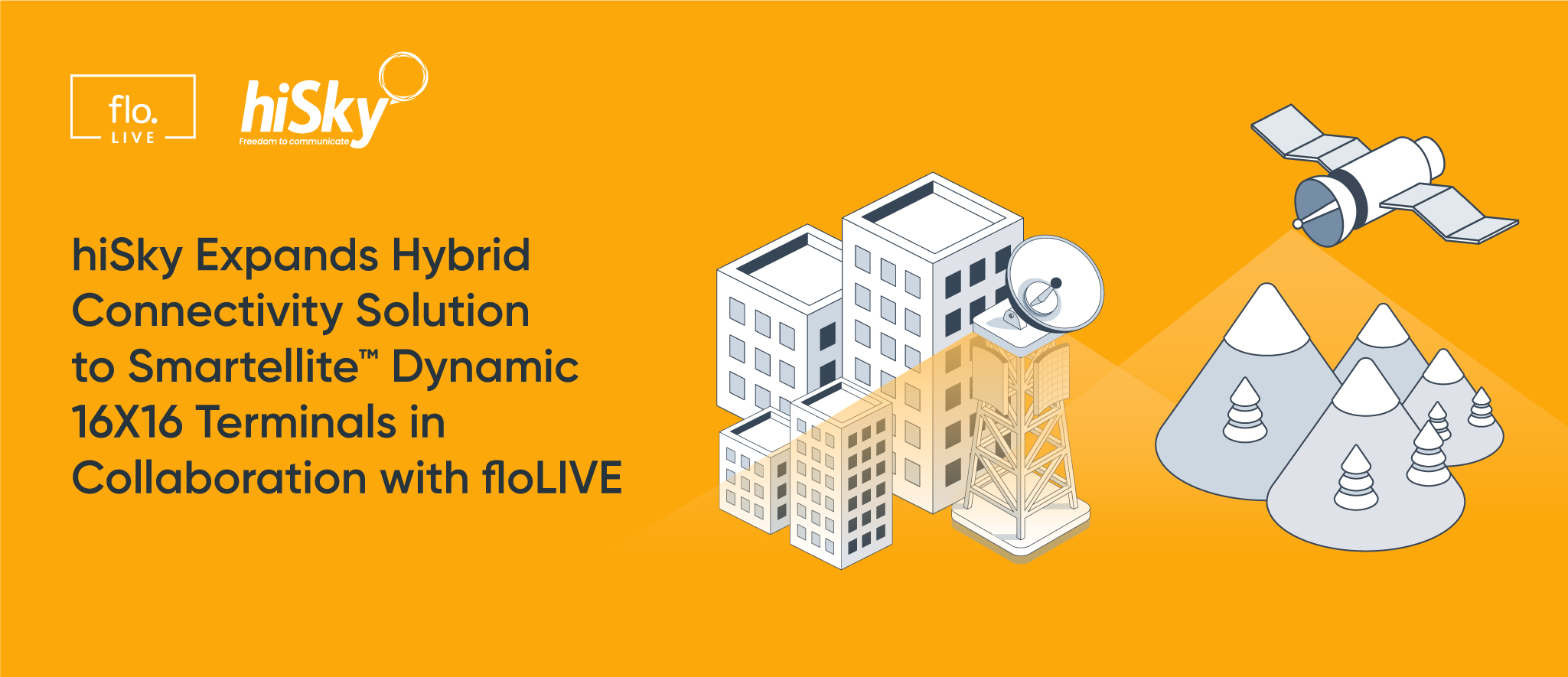Looking to the New Year: 2024 Trends According to You

2024 is positioned to be a formative year for the Internet of Things (IoT) and digital solutions as many technologies and connectivity will see greater demand, use, and development, all of which neatly correspond to a multi-faceted convergence of economics, regulation, and demand.
Transforma Insights Founding Partner Matt Hatton, in a recent webinar with floLIVE, explained that the four compelling influences determining the technology use in 2024 are economics, technology, regulation, and user demand.
The Influential Forces for 2024
In economics, driving forces include increasing competition and price erosion, efficiency of servings, and segmentation and market bifurcation in particular.
Mobile Network Operators (MNOs), IoT service providers, MVNOs, and enterprises alike are looking more and more toward efficiency mechanisms for serving customers and broadening revenue sources and that leads to a greater focus on go-to-market and segmentation. Not only does this present as greater verticalization within IoT through segmentation but also a bifurcation in IoT between high-end, high-data-rate IoT and low-end sensor markets and how those are differently addressed.
Technologies range from low power wide area (LPWA) networks, 5G, eUICC, edge and AI and regulations create challenges with data sovereignty, national autonomy, and permanent roaming. Finally, user demand is creating market trends that focus on security, coverage, and meeting the more critical requirements of a maturing IoT market.
In the webinar with floLIVE’s CEO Nir Shalom, these trends and the technologies gaining traction to support them were broken down into a series of questions directed at attendees, who were then given the opportunity to share insights and thoughts on how they will shape 2024.
1. Verticalized Growth in IoT
From these questions, several influences emerged:
Given the chance to vote openly on what verticals will have the greatest growth in 2024, the attendees selected, in order of importance, healthcare, automotive, smart cities, and agriculture.
Transforma Insight’s Matt Hatton agreed that, certainly, healthcare is a significant growth industry within IoT, particularly in its ability to address critical use cases, such as patient monitoring, medication adherence, assisted living, and even personal healthcare wearables.
While floLIVE’s Nir Shalom agreed in the growth of IoT in healthcare, he also cautioned that the complexities of healthcare will also dovetail with growing concerns in data privacy, regulation, and sovereignty – especially from a global aspect.
Essentially, Shalom explained, organizations seeking to enter the healthcare IoT market want to deploy solutions across the globe and hence desire a global platform, but the question surfaces whether devices collecting data in the U.S. should have data residing in U.S. and likewise with devices in the EU, Africa, and anywhere else in the world.
2. Connectivity Management Platform Requirements
To extend on the topic of regulations and compliance, when attendees were asked what is key for connectivity management platforms in 2024, most of the answers could be traced back to the visibility and flexibility required to operate on a global scale, while meeting regulatory requirements and delivering quality of service.
The top four answers by attendees were, in order of importance, real-time visibility, global consistency, architecture flexibility, and regulations and compliance.
In looking at the responses, Shalom provided this insight: “It shows one thing very clearly– more and more, organizations realize that in order to manage a fleet of devices around the world, it’s not only about cost, it’s about the ability to control devices in a consistent way.”
This means that the network must behave similarly, no matter where devices are deployed, and when rules or behaviors are applied to the network, they must be applied to all devices in all actions. This simply cannot be done, Shalom said, by buying plastic SIM cards country-by-country, but instead through a method where behavior can be orchestrated uniformly across the entire global fleet.
Finally, Shalom said the responses of global consistency and real-time visibility are part and parcel with customer demand that a global platform can provide real-time controls over whole fleets of devices. No longer can organizations receive reports one or two months later and realize devices might have been compromised or are not transmitting or receiving data properly.
Hatton said that the answers provided by attendees show a maturity in IoT, moving away from the former “Wild West” approach of deploying devices and hoping for the best. The implication is that organizations are now using a more IT approach to device visibility and management to achieve more consistency and greater results.
The tie-in to compliance is the conflict of data sovereingty by having core networks in-country, while also having the driver seat positioned on a global platform. Networks being placed in country controlled by local operators and compliant with regulations, but not isolating the owner of the device fleet and operations from visibility and control is a challenging push and pull in today’s global IoT environment, Shalom stated.
3. Connectivity Contenders
With many connectivity choices gaining traction, webinar attendees were asked which technologies will see the most increased adoption in 2024. The responses, in order of importance, were satellite/Non-Terrestrial Networks (NTN), NB-IoT, and 5G New Radio (NR).
Both Hatton and Shalom agreed that satellite/NTN connectivity is on the upswing, specifically with the inclusion of NTN networks as part of cellular standards in the 3GPP Release 17, Hatton said. Additionally, Hatton said network operators and MVNOs are more now than ever partnering with satellite providers to offer satellite/NTN as a hybrid solution.
Shalom said while he does not anticipate satellite to be used as a standalone technology due to cost and latency challenges, he does see it rising in adoption as a hybrid solution to cellular networks and to be used almost as an additional IMSI amongst other cellular profiles as a hybrid solution to meet coverage gaps or as a fallback.
5G NR will see a potential upswing, as the build-out of standalone continues. With early rollouts of 5G built on 4G LTE infrastructure, the true capabilities of 5G NR’s latency, bandwidth, and throughput have not yet been realized.
Wrapping Up 2023 by Looking into the New Year
Many other topics were discussed during the interactive webinar session and more insights were provided by attendees and presenters Shalom and Hatton. To catch up on the webinar, check out the recording here.










